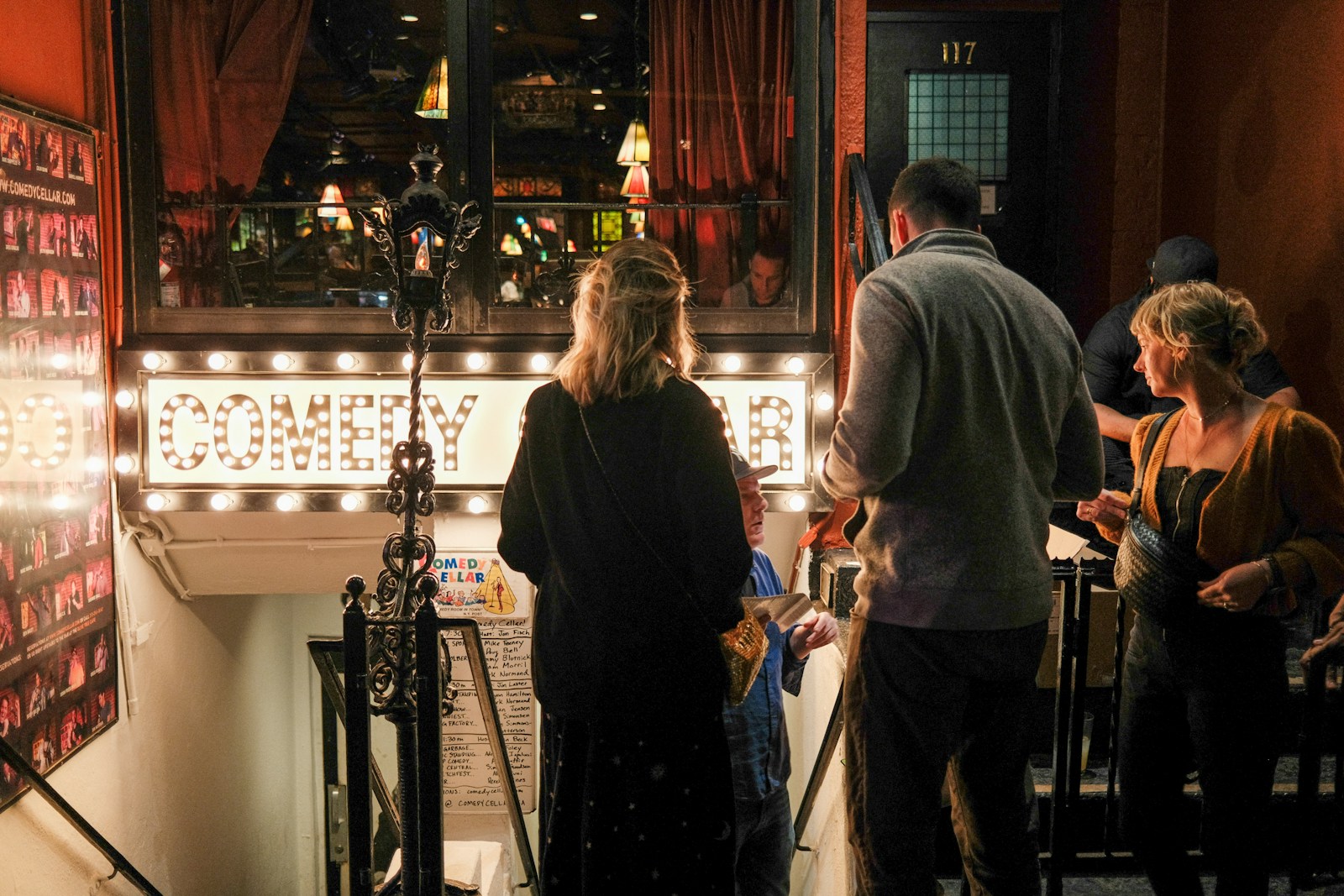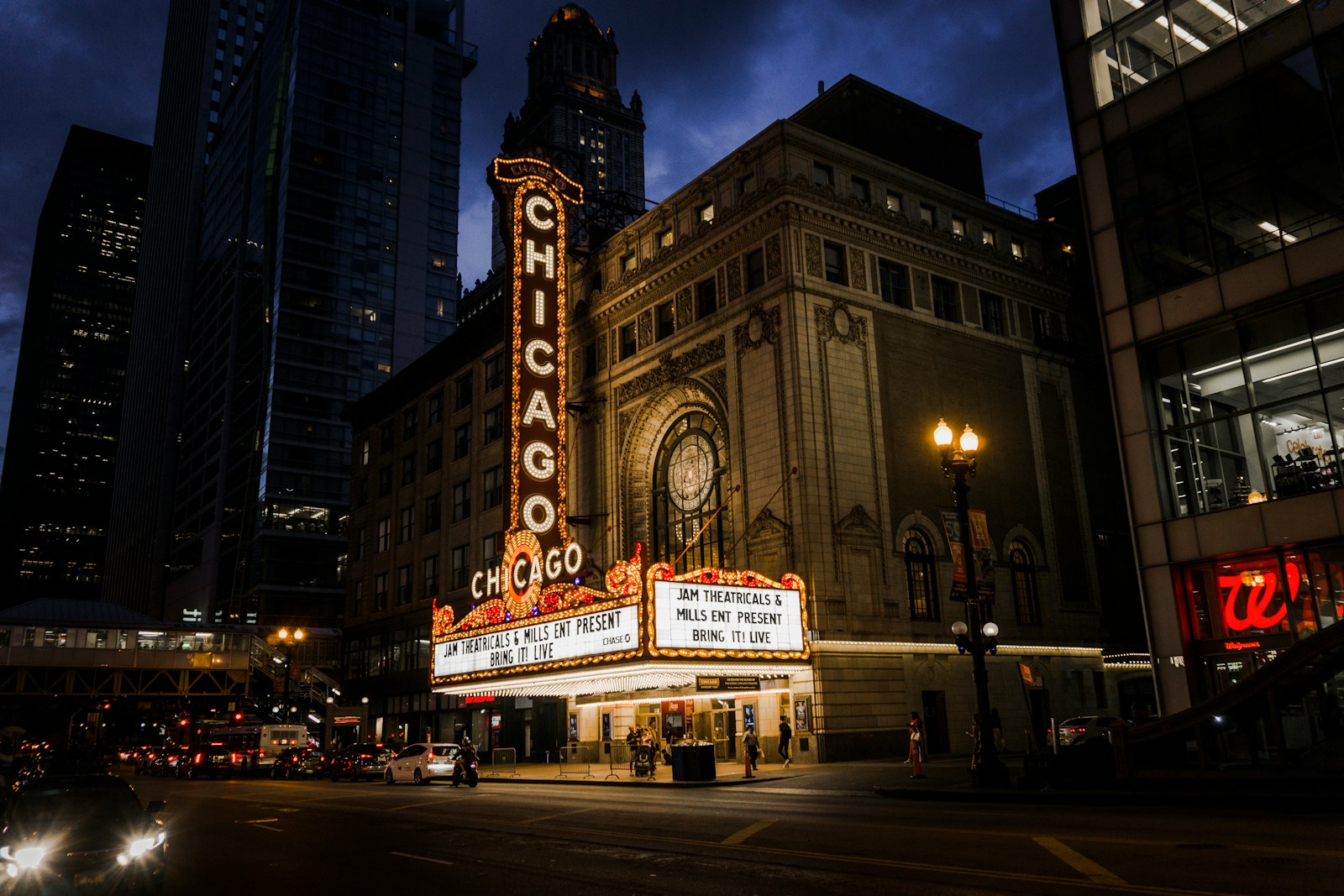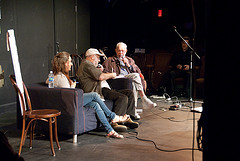by Manuel Marino | Comedy Movies, Live Theatre, Movies
 People often find it intriguing that a performer thrives on being in the spotlight, delivering lines on stage, while a writer prefers to remain behind the scenes, allowing someone else to recite their words. So, which role would you rather assume when comedy composing?
People often find it intriguing that a performer thrives on being in the spotlight, delivering lines on stage, while a writer prefers to remain behind the scenes, allowing someone else to recite their words. So, which role would you rather assume when comedy composing?
A performer should be an extroverted individual who genuinely enjoys making people laugh. Some individuals have this talent naturally, often finding themselves surrounded by friends as they eagerly share jokes and bring laughter to those around them. However, if you don’t possess this characteristic, don’t despair. Surprisingly, many introverted individuals excel on stage, discovering that a distinct aspect of their personality emerges and takes control in ways they never feel comfortable doing in everyday life.
A humor writer in comedy composing, on the other hand, would abhor the idea of being the center of attention on stage. Such a scenario would be their worst nightmare. They prefer to write when inspiration strikes, rather than being restricted to a specific time slot for their performance. Although they may or may not enjoy sharing jokes with friends, they undoubtedly love writing them. They find humor in every situation, even when their cat vomits on their new clothes during … ...Read the rest.
“Comedy Composing – Performer Or Writer”
by Manuel Marino | Live Theatre
 Chicago: A Historic Hub for Performing Arts
Chicago: A Historic Hub for Performing Arts
Chicago has long been a center for performing arts in the United States, with the iconic Chicago Theatre at its heart. Located in the city’s Loop area, the theater is a landmark and testament to the artistic brilliance of the 1920s and 1930s. The seven-story building covers nearly half a city block and features a Neo-Baroque exterior designed by the McNulty Brothers, as well as an interior inspired Inspired by nature - Artist Robert Tucker talks about himself and his artist experience in this exclusive article. Inspired by nature The glorious portal of a new year is again upon me. My mind has wondered since the start of 2008 as to which direction my creative self will take. For me a torrent of feelings were released in… by the Second French Empire and the Royal Chapel at Versailles.
Initially known as the Balaban & Katz Chicago Theatre, the venue was opened on October 26th, 1921, by A.J. and Barney Balaban and their partner Sam Katz. With a seating capacity of approximately 3,880, it was hailed as the “Wonder Theatre of the World” and served as a hub for performing arts and live theater
… ...Read the rest.
“The Chicago Theatre”
by Manuel Marino | Live Theatre
The Gielgud Theatre is located in London’s West End on Shaftesbury Avenue, right in the heart of Theatreland. It has been part of the Delfont Mackintosh Theatres group since 2006.
Initially, the theater was known as the Hicks Theatre. It opened under this name in 1906, in honor of actor, manager, and playwright Seymour Hicks. Hicks produced the theatre’s first musical, The Beauty of Bath, along with Cosmo Hamilton, and went on to produce another successful play, even taking over his wife’s role as she fell ill.
For most of the 20th century, it was called the Globe Theatre, where notable productions took place. In 1994, the theater was renamed once again, this time in honor of the great British actor Sir John Gielgud.
Since the theater’s inception, there have been various changes and refurbishments, including alterations to seating arrangements where seats and boxes have been removed. Upon encountering the theater building, you’ll notice its splendid appearance, both inside and out.
The building is impressively tall, with four stories and a striking turret on top. It is a magnificent structure, looking especially beautiful at night when lit up. Inside, there is an elegant circular Regency staircase, an oval
… ...Read the rest.
“Gielgud Theatre”
by Manuel Marino | Live Theatre
London’s famed Theatreland district is the epicenter of the city’s thriving musical scene, but you can also find other historic and avant-garde theaters throughout the capital for those seeking something more innovative or challenging.
If you’re visiting London B52 - Wade Crawley is back with a great B52 concert review! If you remember, Wade wrote for us Punk music in the late seventies. Now read his new exclusive article for ManuelMarino.com! The B52’s, London Roundhouse It was on a hot and very sweaty summer night in London’s trendy Camden and a packed audience of all… for a theater break to catch the latest hit show, or simply looking for a great activity to kick off your evening out in the vibrant city, the West End is where it’s at. London’s answer to Broadway – and equally impressive in terms of box office numbers and setting new trends in performance – the West End is the perfect place to spot Hollywood stars like Whoopi Goldberg and Kevin Spacey gracing the stage in new or classic musicals, alongside the UK’s own hand-picked talent.
So synonymous with theaters, the West End was rebranded as Theatreland by Westminster Council and the Society … ...Read the rest.
“Guide to Londons Theatres”
by Manuel Marino | Live Theatre
Regardless of your taste in theater, Boston offers an abundance of options. The city has remained deeply rooted in its unique cultural identity and has leveraged its status as a prominent educational hub to nurture numerous highly-skilled performers. Many of these talented individuals have established successful careers on the stage, presenting some of the most remarkable theatrical productions on the East Coast, rivaling even New York’s Broadway district.
Boston is an excellent city for those who appreciate the stage, featuring the best in both classical and contemporary theater. From one-person shows to awe-inspiring operas, the city embraces the diverse range of theatrical styles, ensuring you’ll find something that resonates with your preferences.
The city’s theater district, located south of Boston Common, is an ideal area not only for enjoying captivating performances on stage but also for admiring the stunning architecture of the theaters themselves. Boasting an array of ornate, intricate buildings, the theater district appears as dramatic on the outside as it does on the inside. From the magnificent Cutler Majestic Theater to the mesmerizing Boston Opera House, the exteriors of these buildings provide a glimpse of the wonders that await inside.
Boston’s theater companies span the spectrum … ...Read the rest.
“Bostons Dramatic Theatre District”
by Manuel Marino | Live Theatre
Prague is home to a variety of theaters hosting numerous concerts, shows, and cultural programs that appeal to audiences of all ages. To experience magical and lively performances, get ready to visit Prague and choose from the favorite theaters of your choice.
The National Theatre:
The idea of constructing the National Theatre was proposed in the autumn of 1844 during meetings of patriots in Prague. This proposal was purposefully applauded by the members so that the building could be symbolized as “the embodiment of the will of the Czech nation for national identity and independence.” In the era of Bach’s absolutism, the construction of the building was halted for a time by proposing a new plan for a smaller provisional building. However, the foundation stones were laid at a ceremony on May 16, 1868. The theater opened on June 11, 1881, but the building burnt down during construction. Consequently, it was reopened on November 18, 1883.
Today, the National Theatre stands as a symbol of national identity. It is a distinguished Czech national cultural heritage and a living example of fine architecture. The building serves as a platform for nurturing artistic creativity and dramatic talent. The theater is … ...Read the rest.
“Discover Theatres in Prague”
 People often find it intriguing that a performer thrives on being in the spotlight, delivering lines on stage, while a writer prefers to remain behind the scenes, allowing someone else to recite their words. So, which role would you rather assume when comedy composing?
People often find it intriguing that a performer thrives on being in the spotlight, delivering lines on stage, while a writer prefers to remain behind the scenes, allowing someone else to recite their words. So, which role would you rather assume when comedy composing?

 Manuel is a passionate, driven, and techsavvy AV technician,
Manuel is a passionate, driven, and techsavvy AV technician,  Chicago: A Historic Hub for Performing Arts
Chicago: A Historic Hub for Performing Arts




Recent Comments